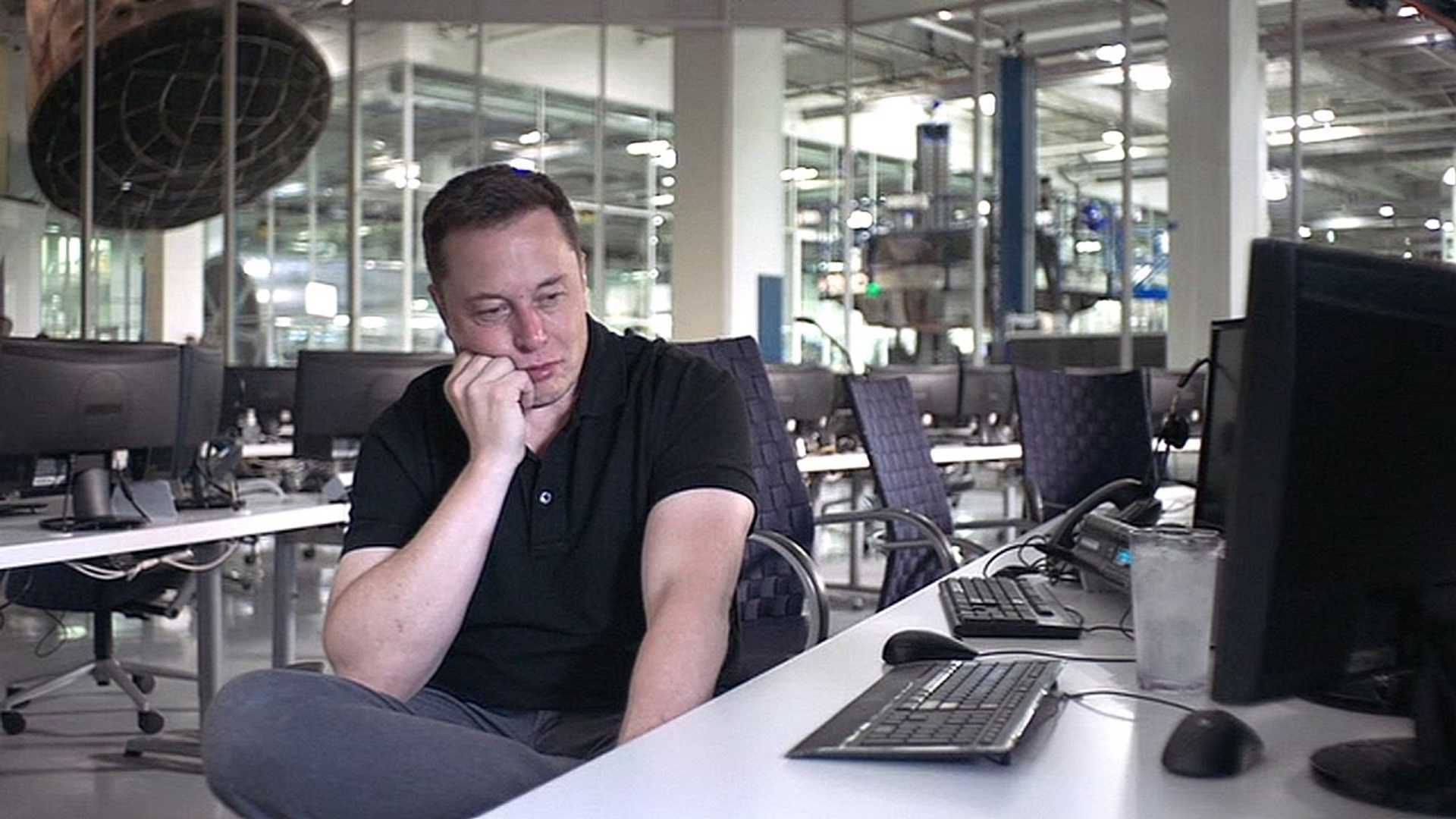
Tesla’s engineering is one of Founder and CEO Elon Musk’s main objectives for the company, and the benefits the automaker has experienced as a result are multi-faceted. For Tesla, engineering runs deep into research and development testing, which helps the company determine what designs work and don’t work.
 |
Compared to legacy automakers, Tesla spends far more per vehicle on research and development costs, rather than spending money on public relations, marketing or advertising, according to The Motley Fool.
Tesla spent an average of $2,984 on R&D per car produced in 2020, spending exactly $0 on advertising with each vehicle.
Comparatively, automakers Ford, Toyota, General Motors (GM) and the Stellantis-owned Chrysler all spent a considerable amount more on advertising per car sold, and considerably less than Tesla on R&D per car sold.
Chrysler spent the most on advertising at $664 per car sold, followed by Ford ($468), Toyota ($454) and lastly, GM ($394). Alternatively, Chrysler spent the least on R&D per car sold at just $784, while GM, Toyota and Ford spent $878, $1,063 and $1,186 for each car, respectively.
Tesla focuses primarily on making cars full of useful and well-tested features, relying heavily on engineering and word of mouth to market the automaker’s designs — rather than traditional marketing tactics, dealerships or other steps taken by most legacy automakers.
Above: A Mechanical Design Engineer shares his experience working at Tesla (YouTube: Tamer Shaheen)
The result has shown that a vehicle company can impress through its technology- and engineering-first methodology and Tesla doubled down on the controversial model in 2020, just as it began soaring to new highs.
Tesla disbanded its public relations department in 2020, and the company did anything but fall apart — it continued climbing its way into the S&P 500 index and to market value levels thus far unseen by any automaker.
By using software engineering that the automaker can implement in-house, having better control over its raw materials and ramping up to scale the cars and technology it develops, Musk has created a financial giant with Tesla, and one that is dominant in the electric vehicle space.
Now, with Tesla opening Gigafactories in Texas and Berlin-Brandenburg, the automaker will finally be able to produce vehicles at scales broad enough to be deserving of the title “Giga.” More specifically, Tesla will have the opportunity to fully capitalize on the engineering framework it has built the company on.
The bottom line is that Tesla’s engineering-first approach has helped the automaker bolster margins and overall production output, leading to the company’s soaring valuation. Additionally, Tesla has used vertical integration to have more control over its entire supply chain, effectively cutting out intermediaries from raw material to production.
The results? The beginning of a new age for the auto industry and higher levels of mass EV adoption.
===
Source: The Motley Fool







